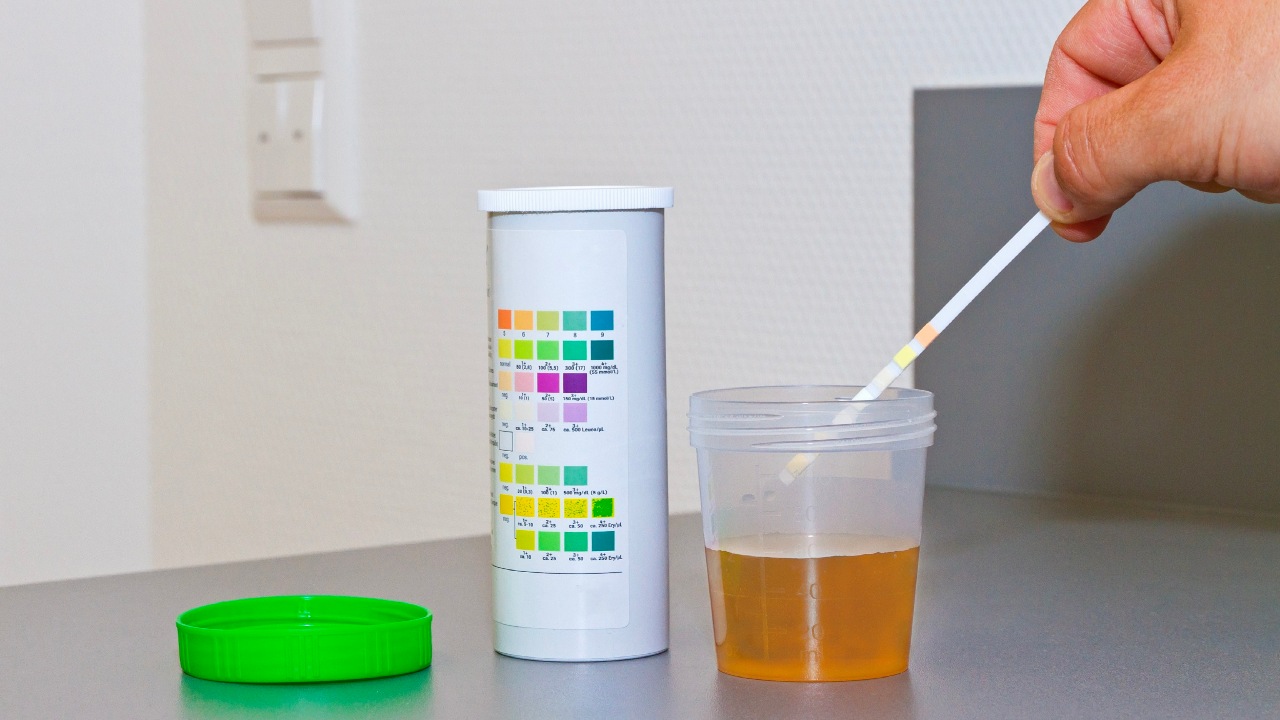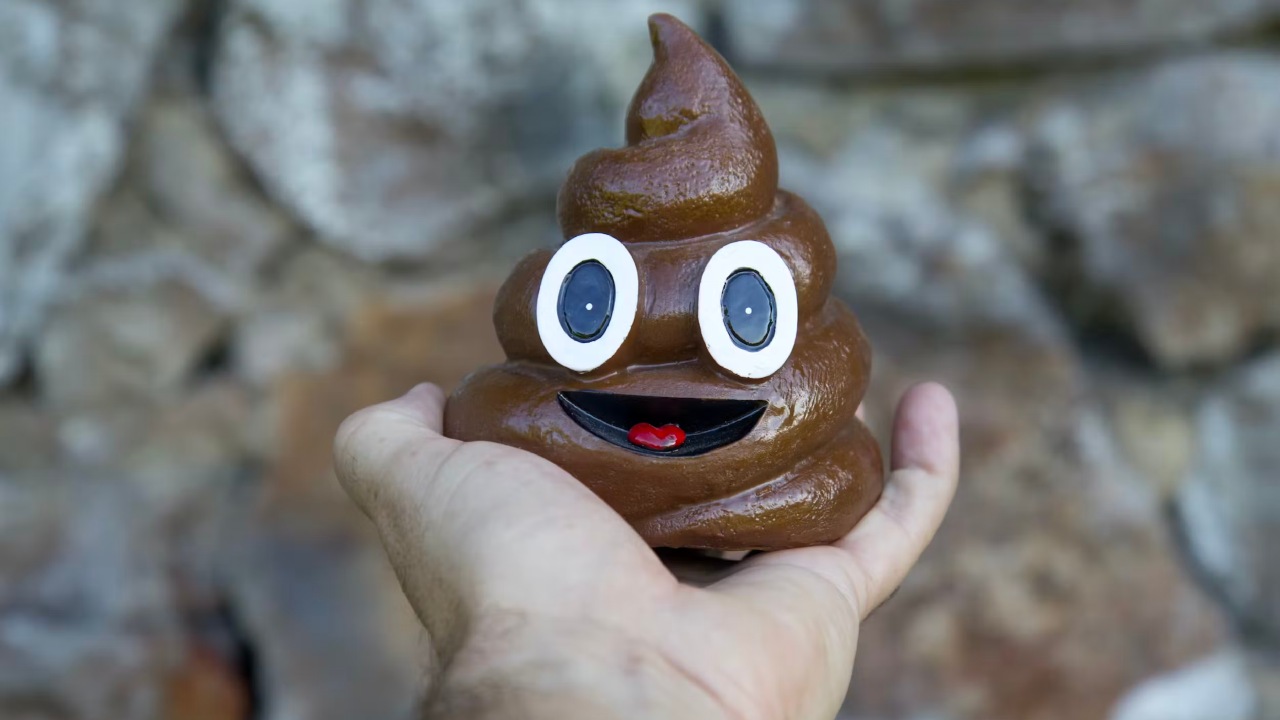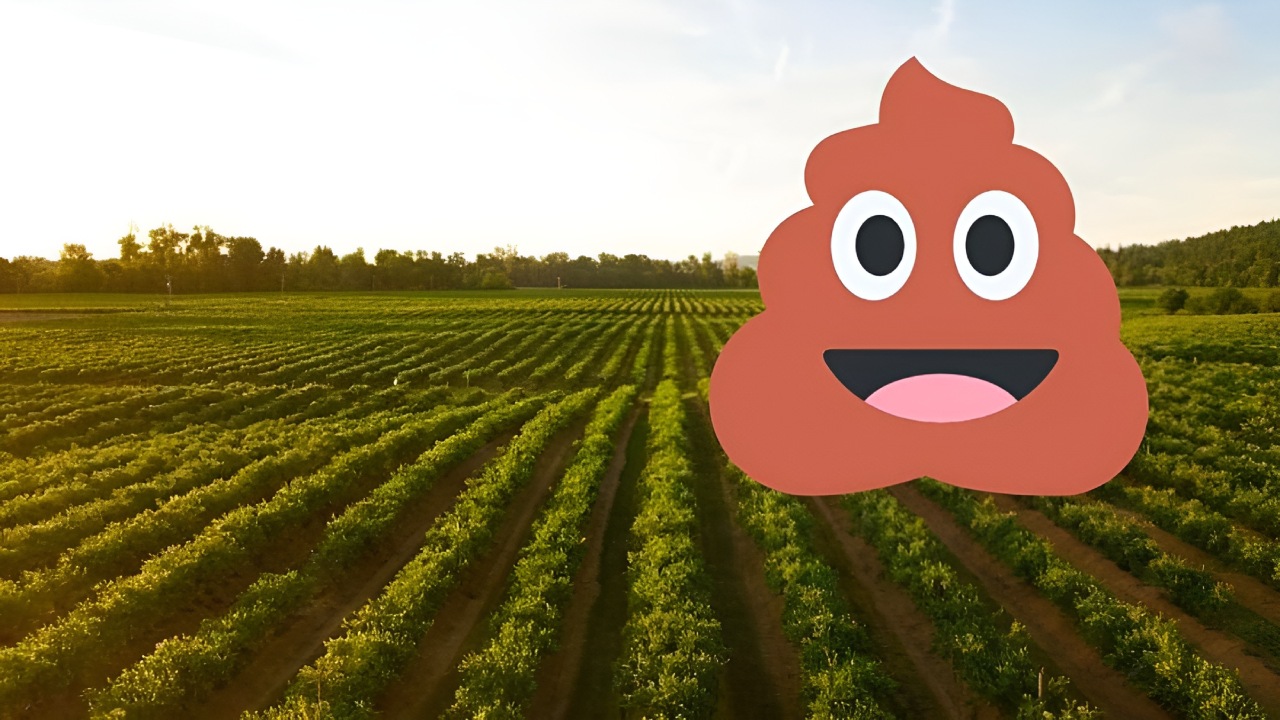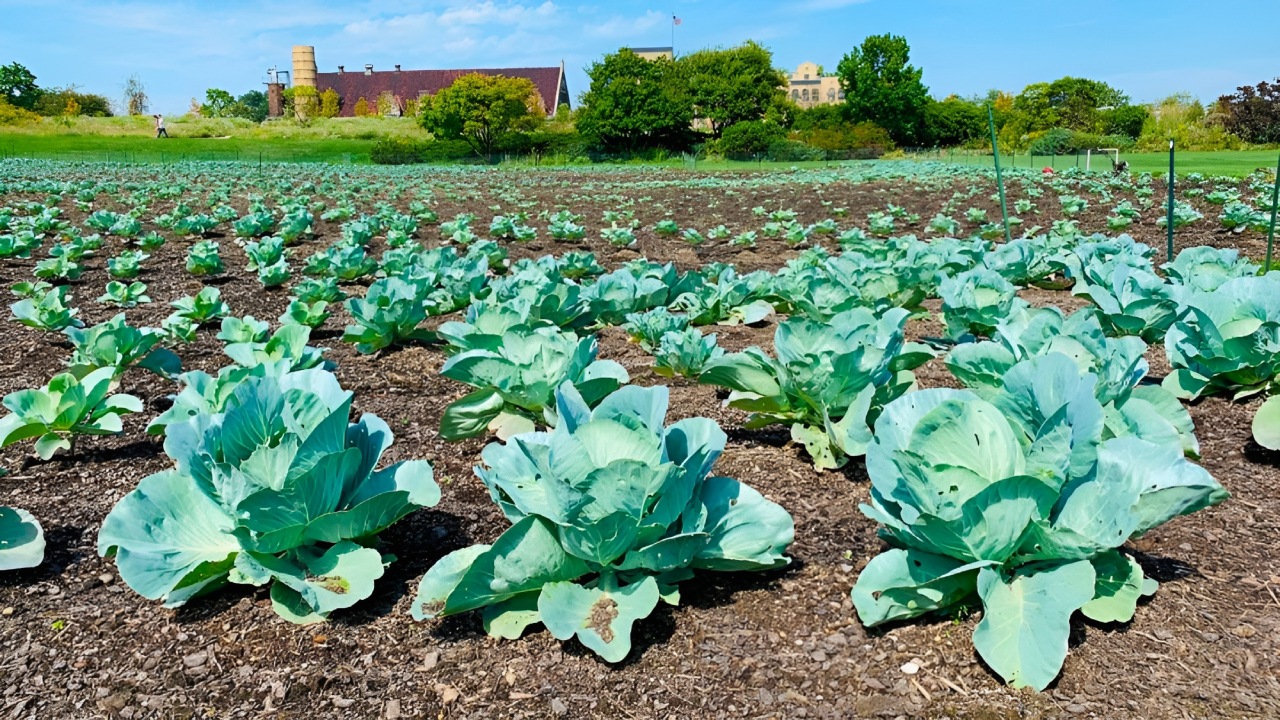Feces, which are the most offensive to us, are undoubtedly disgusting to all of us. Especially turning these feces into fertilizer and food can push the limits of our imagination. So do you think such a thing is possible?
In general, manure is the feces of birds and herbivores, and even the feces of bats, which are very rich in ammonia, can be used as fertilizer. In fact, when it comes to our feces, We can break our prejudice and look at this idea a little warmly.
What about human feces? What is the journey of converting to farm manure?
First, let’s examine whether the idea of recycling human waste really makes sense.
When it is predicted that the world population will reach approximately 8.5 billion in 2030, the idea emerges that this rapid increase in population will also bring about rapid urbanization. Additionally, this situation is prevalent in urban and semi-rural areas. Various difficulties in disposing of human waste It also brings with it.
On the other hand, rapid population growth also requires sufficient food supply to support the population. Food production should also increase It means.
So what’s in human feces?

Urine and feces are considered waste products but surprisingly, It contains nutrients that will nourish the soil. Namely, human urine; It contains 90% water, 14-18% nitrogen, 13% carbon, 3.7% phosphorus and potassium.
Urea, which is a waste product that the kidneys filter out of the blood, is accounts for 50% of the organic components in urine and 85% of the nitrogen is fixed in urea. The remaining 5% nitrogen is total ammonia.
Urea is hydrolyzed by bacteria immediately after urine output and converted to bicarbonate and carbonate. 90% of nitrogen remains as ammonia.
In addition, feces contain 75% water and 25% solid matter.

These include 50% carbon, 5-7% nitrogen, 3-4% phosphorus and 1-2% potassium. Additionally, urine and feces It also contains micronutrients such as magnesium and selenium. In fact, all of these nutrients are very effective at recycling for growing crops.
For example, in one study, 520 kilograms of human feces; It is predicted that it can produce 7.5 kilograms of phosphorus, nitrogen, potassium and micronutrients that enable the production of 250 kilograms of grain. this too It means food that is enough for 1 person in 1 year.
On the other hand, human feces; heavy metals, various drugs, pathogens and synthetic hormones also includes. In this case, we need to treat human waste before using it in fields or gardens.
The idea of turning human feces into fertilizer is not actually new.

These fertilizers have been used for agricultural purposes since the 9th century, and countries such as China and Japan have also benefited from this idea of transformation since the 16th century. Additionally, in Japan in the 18th century, human waste It was very valuable because it was used as fertilizer on farms.
For this reason, human feces from densely populated cities were transported to agricultural areas, and even farmers who could not afford to buy the feces to use as fertilizer would steal these feces with peace of mind.
In the 19th century, European farmers used human fertilizers for a while, but then switched to synthetic fertilizers. However, some small farmers in Southeast Asia, Africa, China and Latin America still use human feces as fertilizer.
However, despite the benefits of using human feces as fertilizer, people and some farmers may not be keen on this idea at times due to socio-cultural taboos.
These taboos are generally the bad smell of feces, visual repulsiveness and the risk of contracting various diseases. For example, in a survey conducted with 400 farmers in Ghana; 87% of people concluded that handling or other contact with human feces poses a health risk, but They also agreed that it was productive for crops.
Additionally, researchers in Germany grew three types of cabbage, two from human urine and one from human feces, and compared their yields with an organic fertilizer.

While the efficiency obtained from urine-based fertilizers is higher than commercial fertilizers; crop fertilized with feces, was 20-30% lower than commercial fertilizer. On the other hand, manure-based fertilizer improved the carbon content of the soil.
More importantly; Researchers have attempted to evaluate the safety of these fertilizers by testing human feces for chemicals such as rubber additives, painkillers, hormones, and insect repellents. However, these studies failed to reach a conclusion at a rate of 93%.
As a result, farmers are aware of the advantages of using human feces in reducing operating costs and increasing the nutritional value of the soil.
However, as we mentioned, there are sometimes hesitations about using human feces due to social taboos and concerns about consumer acceptance. In order to eliminate these hesitations, technologies and technologies for the treatment of human waste are needed. The risks of this process to human health can be investigated in more detail.
Our other content that may interest you:
RELATED NEWS
Why Do Burj Khalifa Residents’ Feces Have to Be Loaded and Transported on Trucks?
RELATED NEWS
Why Do Feces Sometimes Float on Water and Sometimes Sink? You’ll Want to Turn Back and Look When You Learn the Reason!
RELATED NEWS
Why Are Our Stools Always Brown Even Though We Eat Things of Different Colors All the Time?
RELATED NEWS
Are Feces in Airplane Toilets Dropping from the Sky?
RELATED NEWS
12 Things the Color and Shape of Your Stool Says About Your Health
RELATED NEWS
You won’t be able to help feeling disgusted when you hear what the ancient Romans used their urine and feces for!
RELATED NEWS
